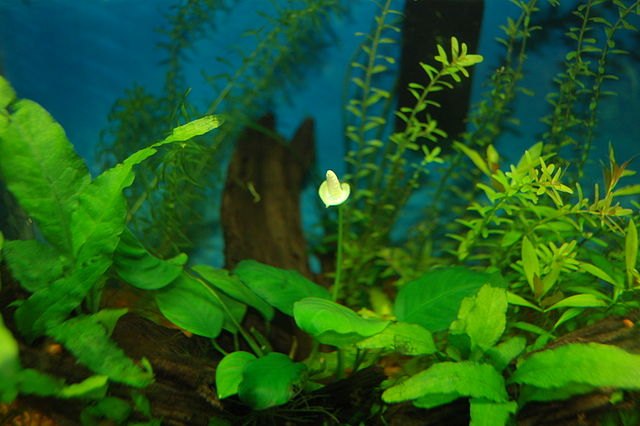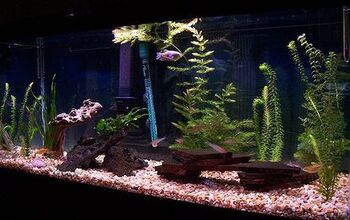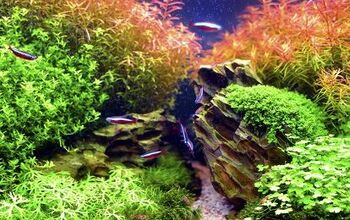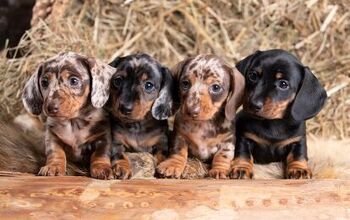Best Foreground Plants to Use in a Planted Tank

If you are stocking your planted tank for the first time you have a great opportunity to be intentional about the plants you choose and where you place them. The best plan to go with is to include a variety of different plants that grow to different heights. You can then arrange them in a way that makes your tank look great without taking away valuable swimming space from your fish. Here are some tips for arranging your live plants, particularly plants for the foreground of your tank.
Related: Keeping Carnivorous Plants in Your Home Aquarium
Tips for Arranging Aquarium Plants
Before you even think about what plants you want to stock in your planted tank you should take some time to think about what you want your tank to look like. Do you want a lushly planted tank that is completely filled with green? Or do you just want to add a few plants to accent your décor? Deciding how you want the finished product to look is instrumental in your choice of plants. Just keep in mind that aquarium plants can be divided into certain categories: ground cover, foreground, mid-ground, and background.
The first plants you add to your planted tank should be your ground cover plants – these will likely include mosses and other low-growing, clumping varieties. Make sure you have some kind of nutrient-rich substrate in place before you add your ground cover plants so they will grow in properly. Next, add some foreground plants – shorter plants that you can use for accents in the front of your tank. After adding your foreground plants you should add some mid-ground plants layered in with taller background plants. When planting, try to stagger your plants at different depths instead of just planted them in straight rows – this will give your tank a more natural appearance.
Related: How to Use Aquatic Mosses in Your Planted Tank
Best Foreground Plants for Aquariums
The best foreground plants to choose for a planted tank will remain fairly small (in terms of height) but they will spread to create a lush green carpet on the bottom of your tank. Below you will find an overview of some of the best foreground plants for planted tanks:
- Anubias Nana: This plant grows to a maximum size of 8 inches, though it generally does not get that big. Anubias Nana produces dark green leaves that grow in low clumps and this plant is easy to propagate from cuttings. This plant prefers moderate lighting and pH between 6.0 and 7.5.
- Banana Plant: This plant is named for its thick, banana-shaped roots and it grows up to 6 inches in length. The banana plant is very hardy and does particularly well in deep water with low lighting. The banana plant prefers pH between 6.0 and 7.2 with water hardness of 3 to 6 dKH.
- Indian Red Sword: This plant looks similar to the Amazon Sword plant but it does not grow quite so tall. The Indian red sword prefers moderate to high lighting with a neutral pH and alkalinity between 3 and 8 dKH. In most cases this plant propagates prolifically.
- Dwarf Baby Tears: This plant does particularly well as ground cover because it produces thick clumps of tiny leaves. The dwarf baby tears plant can grow up to 6 inches tall and it prefers bright, direct lighting. This plant is very hardy and it propagates quickly on its own.
- Chain Sword: The Chain Sword plant produces long, narrow leaves and it grows up to 6 inches in length. This plant prefers moderate lighting and a neutral pH, though it will grow in many conditions as long as it is provided with nutrient-rich substrate.
These tips will help you make smarter choices when stocking your planted tank, and you’ll know how to arrange your plants to the best effect. As exciting as it is to start a new aquarium, take your time in choosing your plants and be intentional about how you arrange them for the best results.

Kate Barrington is the loving owner of two cats (Bagel and Munchkin) and a noisy herd of guinea pigs. Having grown up with golden retrievers, Kate has a great deal of experience with dogs but labels herself a lover of all pets. Having received a Bachelor's degree in English, Kate has combined her love for pets and her passion for writing to create her own freelance writing business, specializing in the pet niche.
More by Kate Barrington























